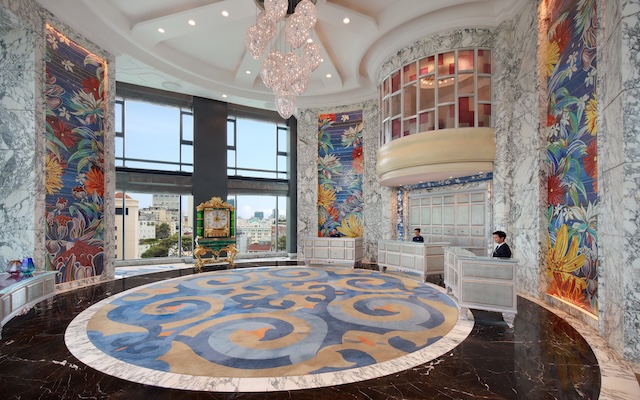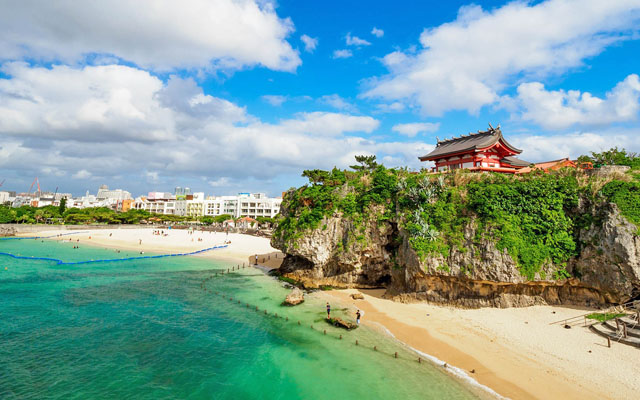Despite AI’s limitations in terms of certainty of information and lack of semantics, the technology continues to demonstrate good use in the space of travel and tourism, opines Wolfram Höpken, professor and director at the Institute for Digital Transformation at University of Applied Sciences Ravensburg-Weingarten.
In his opening for the March 5 conference session, The Future of Destination Marketing: Is AI taking over?, at ITB Berlin 2025, Höpken identified various AI applications in travel and tourism – specifically offer generation, marketings, information and search, reservation and booking, consumption, and feedback.
He noted that these functions “are not new and have been done for centuries”, and the work process is being improved with statistical approaches and machine learning, “which are the core of AI”.

He expects greater use of big data analytics in travel and tourism as technology continues to evolve. Citing examples of what big data analytics can already do, Höpken said a project with the Lake Constance region (which overlaps parts of Germany, Switzerland and Austria) tracks how travellers are moving through the destination and patterns of tours by collecting and analysing 1.5 million photos posted on Instagram.
Another trend to come is the rise of AI agents that use large language models or chat services in the background to speed up the design of travel and tourism products and services.
According to Sojern’s newly published State of Destination Marketing 2025 report, AI is reshaping destination marketing, with 63 per cent of DMOs using it for content creation. Only 28 per cent use AI for data analysis, highlighting a massive opportunity to use AI for deeper insights and more effective decision-making.
Addressing resource limitations and training gaps will be critical to unlocking AI’s full potential, according to Sojern.
Following up on Höpken’s presentation, representatives from the Singapore Tourism Board (STB) and Dublin City Tourism Unit shared real example of how technology is being woven into destination marketing efforts.
Kershing Goh, regional director Europe at STB, spoke of the NTO’s partnership with Google to bring AR experience directly to Google Maps in 2024.
This partnership builds upon the success of Merli’s Immersive Adventure – an innovative AR tour to six points of interest around Singapore through STB’s Visit Singapore Travel Guide app launched in January 2024. Powered by Google’s ARCore and Geospatial Creator, the tour follows Singapore’s tourism mascot, Merli, as he guides visitors to iconic spots such as the Victoria Theatre & Concert Hall, Fullerton Hotel and Maxwell Food Centre.
In the expanded partnership, new AR experiences are available on the Google Maps mobile app, not just on the Visit Singapore Travel Guide app. Furthermore, participating tourism stakeholders in Singapore have developed location-based AR experiences for travellers.
Goh explained that the technology approach to enhancing the Singapore destination experience was necessitated by the city-state’s limited land space that restricted tourism product development, manpower crunch, and the constant need to refresh the tourism narrative and tourism experiences for visitors.
STB also worked on fitting live weather data into experience recommendations, “as Singapore is in the tropics and it rains a lot”, which can impact travellers’ decision on what to do in the destination.
“Another interesting thing that we were looking into was how to (connect) points of interest with emotions. A traveller arriving from New York on a long flight may be jet-lagged, so what can we serve as a destination that’s going to feed his current state of mind?” explained Goh.
Barry Rogers, head of Dublin City Tourism Unit, shared the city’s high-tech approach to destination management, which earned it the title, European Capital of Smart Tourism, in 2024. Dublin City Tourism Unit launched three large corporate collaborations: one with Google on Google Maps, one with MasterCard on analytics and innovation, and one with openAI on modeling for tourism.
He spoke about the A Day in Dublin platform that is able to build “individual, hyper-personalised itineraries for Dublin City” just by asking the traveller/user a series of questions to understand their travel preferences and profile.
“This means that the prompt engineering of the platform is really important,” said Rogers.
In a trial by TTG Show Daily, the A Day in Dublin platform posed seven questions about the region of interest, desired pace of travel, who would be travelling with the user, when the trip would be made, desired activities, and willingness to explore beyond the region of interest. Within minutes, a five-point itinerary for a single day was generated.

















